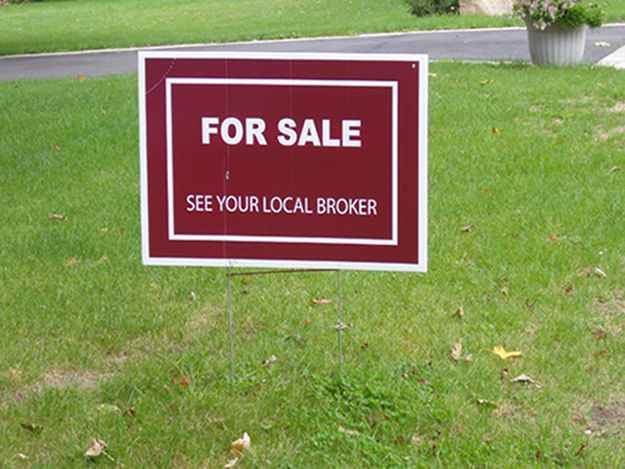I
nvestors are currently grappling with a mix of emotions as they navigate the complexities of the market. Equities have shown signs of recovery after a rough start to August, but macroeconomic risks continue to loom large. Bonds have rallied since May, bringing down their yields even as inflation remains a concern for monetary policy. Against this backdrop, investors are looking for alternative investment options, and one such option is real estate.
Real estate has faced significant challenges in recent times, particularly in Europe where it has been battered by both rising interest rates and the pandemic. The sector has been hit hard, with negative headlines surrounding troubled developers and exposed banks in countries like the US, Germany, and China. The pandemic has also had a significant impact on the office sector, with reduced demand coinciding with a surge in new supply, particularly in the US market.
However, there is a silver lining. Interest rates seem to have plateaued, and while the pace of rate declines remains a subject of debate, they are unlikely to increase further. This has led to a recovery in global equities despite recent volatility, and bonds have also priced in a series of rate cuts before they actually happen.
Real estate, on the other hand, has yet to recover fully from its lows. However, there is no reason why asset prices in this market shouldn't adjust higher over time as investors recognize that the worst of the impact from rising interest rates is behind them. Furthermore, improvements in macro conditions could provide additional support for rental growth and asset prices.
European real estate has delivered rental growth in 2023, driven by favorable supply and demand dynamics. In some sectors, growth has reached double-digit percentages due to a lack of new supply, even in the most challenged sectors like offices. Vacancy rates in European offices are low, ranging from as little as 2.3% in central Paris to sub-10% in London, Madrid, Frankfurt, and Berlin. This has helped average office rents in prime European cities increase by more than 6.3% last year.
With a dearth of new developments, this trend is expected to continue in 2024-25. The weak market has left development projects down by over 50%, meaning that when there is an economic recovery in Europe, it will be met with no new supply in an already constrained and under-supplied market, which should lead to rental growth.
For those who believe in real estate gaining in capital terms from the end of the rate-hike cycle, like other asset classes have already done, such rental boosts – especially in top-tier locations – should be very attractive. The timing aspect, combined with the rental growth prospects for the right supply-constrained sectors and the longer-term sustainability trend of "greener" buildings attracting a premium, could be a powerful combination. When sentiment is at its lowest, the opportunity set is often at its highest.
The writer is deputy CEO and global head of real estate at Pictet Alternative Advisors.













